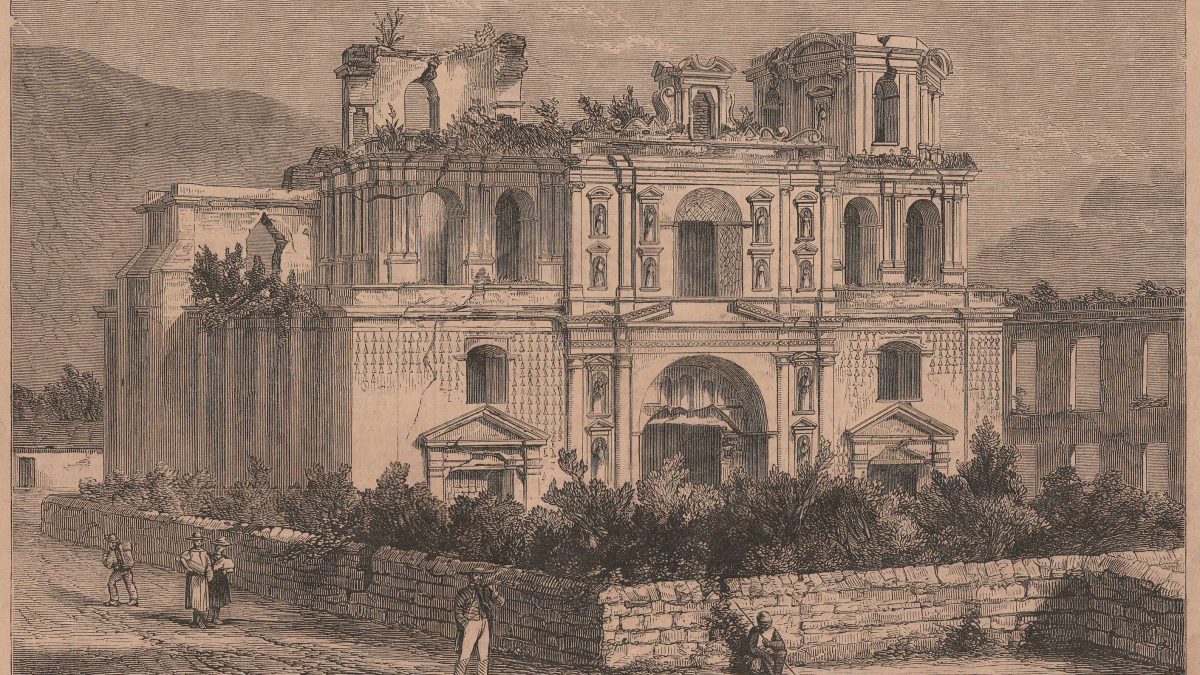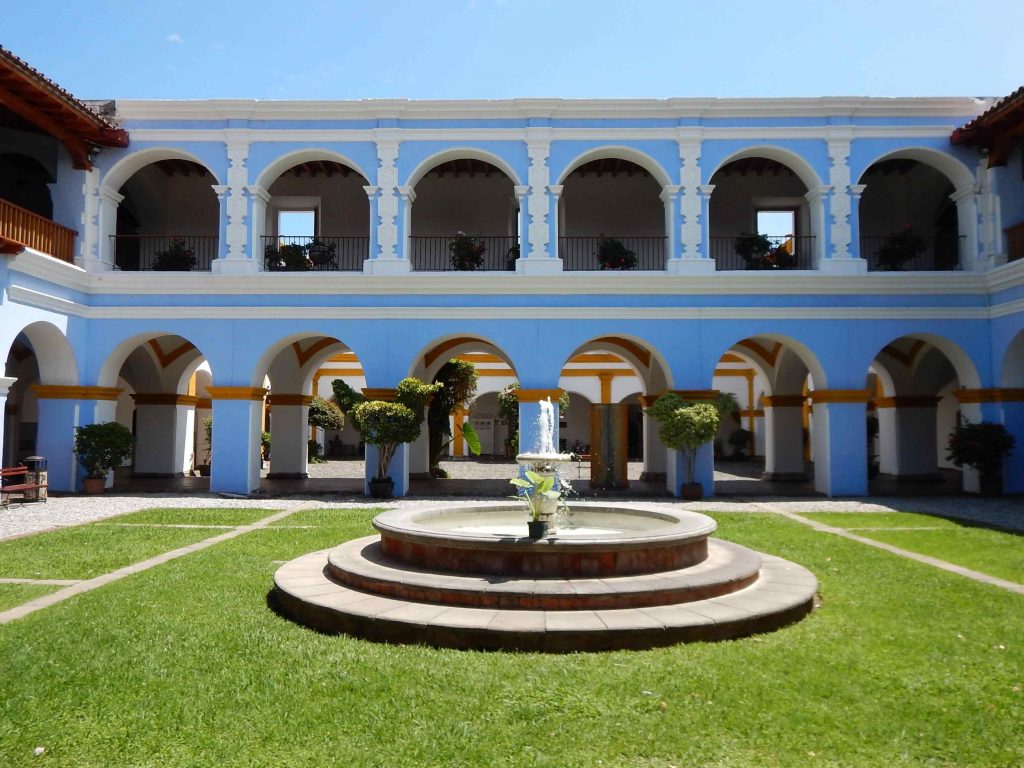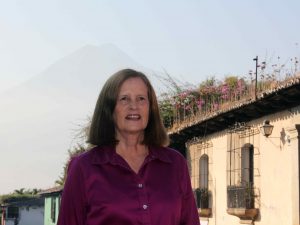The monumental charm of Antigua Guatemala – Compañía de Jesús
Frozen in time after 1773, when the capital of Guatemala was moved to Guatemala City, more than 30 churches, convents, monasteries, hospitals and school in Antigua were abandoned. Over time, these were used by squatters to grow corn and establish dwellings. They began to decay as decades turned into centuries.
In 1944, Antigua was declared a National Monument by President Jorge Ubico. Most of these monumental structures became national properties and dwellers were relocated. Fountains from any of the old monasteries and convents were relocated to public areas so people would not be able to take them home. The Protective Law of Antigua Guatemala was passed by the Guatemalan Congress in 1969; the National Council for the Protection of Antigua (CNPAG) began to clean out the monuments, working on stabilizing and landscaping them for visitors.
Compañía de Jesús
I have loved learning about the monuments since I moved here in 1969. Today historians, archeologists and restorers bring new research to light. With this issue, we focus on the old Jesuit Monastery, Compañía de Jesús. In colonial times, it had one of the most splendid churches in town, three cloisters, kitchens, refectories (dining rooms) and Colegio de San Lucas where the famous Guatemalan poet, Rafael Landívar, studied.
The Jesuits were expelled in 1767 and it later housed a textile factory in 1985 and was used to dry coffee. In 1912, the city market was moved here from the park. Damaged severely by the 1976 earthquakes, the market was relocated. The CNPAG, with world-class restoring architect, Rodolfo Asturias, carried out emergency restoration works on the church which threatened to collapse at any moment. It lay abandoned again until 1994 when the Agencia Española de Cooperación Internacional para el Desarrollo and Antigua’s City Government signed an agreement to use it as a Cultural Center.
Today, The Compañía de Jesús is a must-see monument in Antigua! Cultural exhibit, movies, lectures and conferences are always well worth attending. They are currently featuring “Maya Deities found in the 16th Century” sponsored by Fundación Ruta Maya. Open daily; free admission. Check out their website.
Written by Elizabeth Bell. If you’re planning on visiting Antigua Guatemala then a guided walking tour hosted by Elizabeth Bell is highly recommended.




